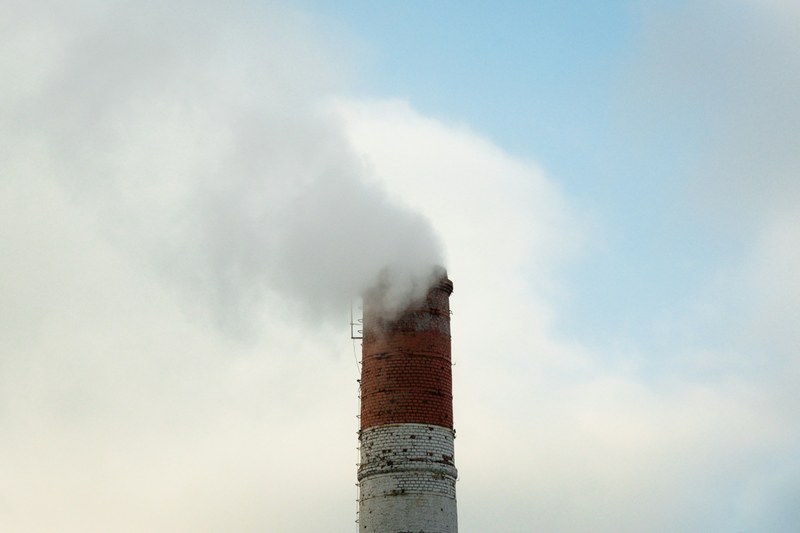Silent Threat: How 'Forever Chemicals' Are Silently Invading Our Bodies and Planet

Per- and polyfluoroalkyl substances (PFAS) have become ubiquitous in modern life, infiltrating everything from everyday consumer goods to cutting-edge green technologies. However, a recent assessment by the European Environment Agency (EEA) reveals a troubling reality: these seemingly versatile chemicals pose far more significant environmental risks than previously understood.
The comprehensive study highlights the alarming potential of PFAS to contaminate our most essential resources, including water, air, soil, and food chains. Moreover, the chemicals' environmental impact extends beyond direct pollution, with evidence suggesting they may contribute to broader ecological challenges such as global warming and ozone layer depletion.
As these "forever chemicals" continue to proliferate across industries, scientists and environmental experts are increasingly concerned about their long-term consequences on both environmental and human health. The EEA's assessment serves as a critical wake-up call, urging policymakers and industries to reconsider the widespread use of these persistent synthetic compounds.
